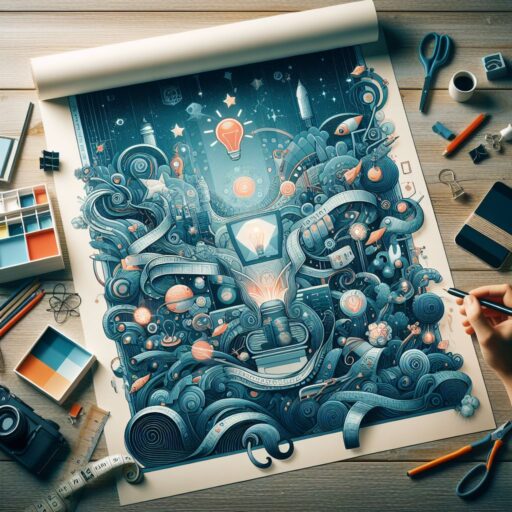Introduction: In the digital realm, UI Design is the linchpin that bridges functionality with aesthetics, enhancing user experience (UX) and dictating user interaction. From the earliest computer interfaces to modern app designs, the evolution of UI Design has been both revolutionary and indispensable.
Understanding UI Design: UI Design constitutes the visual elements of an interface—ranging from buttons, icons, colors, typography, and layout—that users interact with. It encompasses not just the appearance but also the responsiveness and intuitiveness of the interface. Its goal? To craft an interface that’s visually appealing, user-friendly, and facilitates seamless navigation.
Fundamentals of UI Design:
- Visual Hierarchy: Establishing an order of importance through size, color, and placement guides users through the interface.
- Consistency: Maintaining uniformity in design elements across the interface ensures a coherent user experience.
- Usability: Prioritizing usability by ensuring intuitive navigation, reducing cognitive load, and providing clear feedback mechanisms.
- Responsive Design: Crafting interfaces that adapt to various screen sizes and devices to ensure accessibility for all users.
Key Principles and Best Practices:
- Simplicity: Less is more. Eliminating clutter and complexity enhances user understanding and engagement.
- Typography and Readability: Choosing legible fonts and appropriate sizes for different screens is crucial for readability.
- Color Palette: Employing a harmonious color scheme that complements the brand identity while aiding in user guidance.
- Accessibility: Designing inclusively by considering users with disabilities, ensuring everyone can access and use the interface effectively.
Tools and Technologies: Several tools aid UI Designers in creating stunning interfaces, such as Sketch, Adobe XD, Figma, and InVision, enabling prototyping, collaboration, and visualization of design concepts.
Trends Shaping UI Design: UI Design continually evolves, influenced by technological advancements and changing user preferences. Current trends include:
- Dark Mode Adoption: Offering alternative interface color schemes for reduced eye strain and aesthetic appeal.
- Neumorphism: Merging skeuomorphism with minimalism for soft, tactile interfaces.
- Micro-interactions: Enhancing user engagement through subtle animations and feedback.
The Future of UI Design: With the rise of AI, AR, VR, and voice interfaces, UI Design is expanding beyond traditional screens. Interfaces are becoming more adaptive, predictive, and immersive, requiring designers to embrace new challenges and possibilities.
Conclusion: UI Design is not just about creating visually appealing interfaces; it’s about crafting experiences that seamlessly blend form and function, empowering users to navigate digital landscapes effortlessly. By embracing the principles, leveraging innovative tools, and staying abreast of emerging trends, UI Designers can continue to shape the digital experiences of tomorrow.







